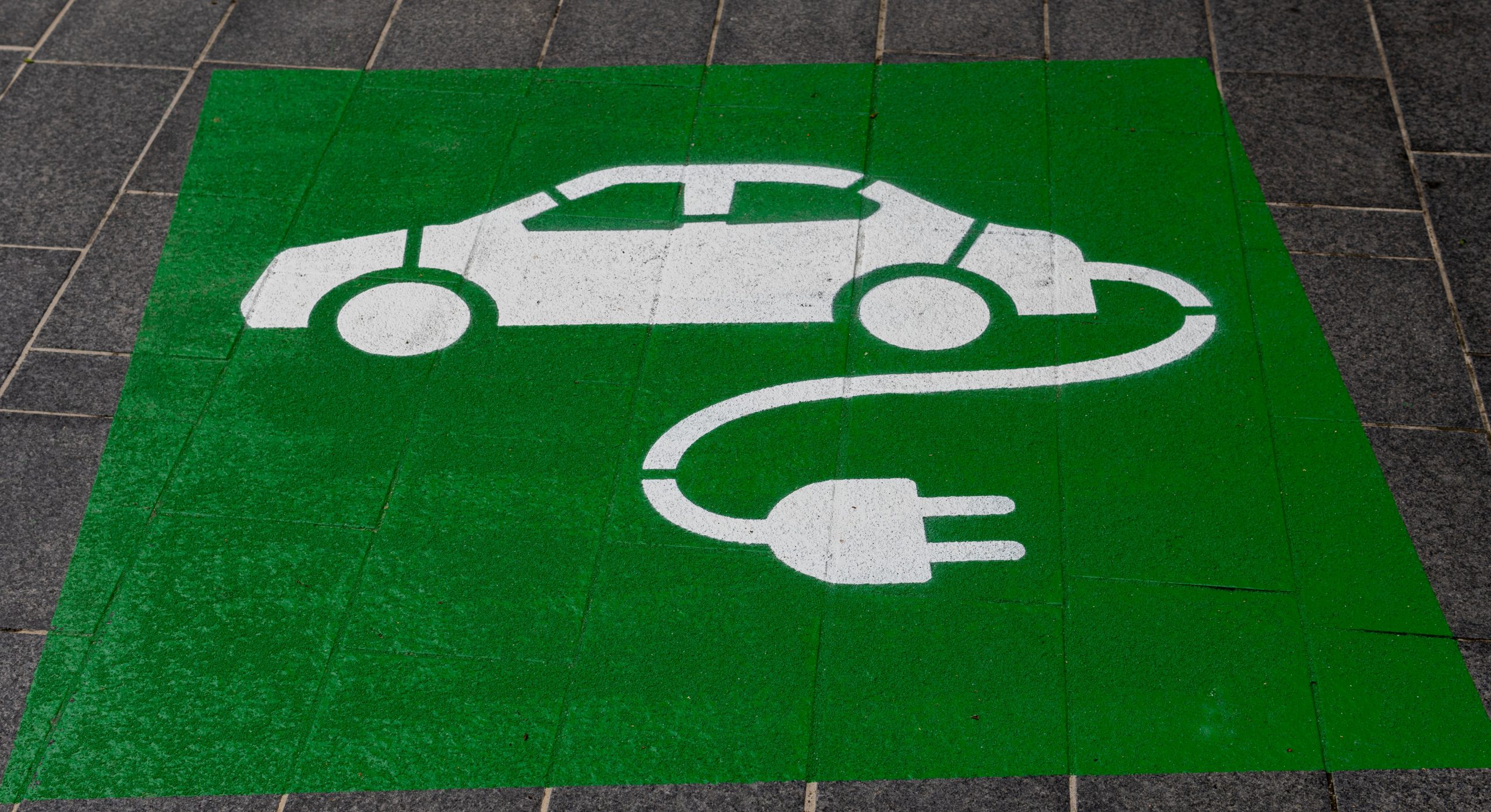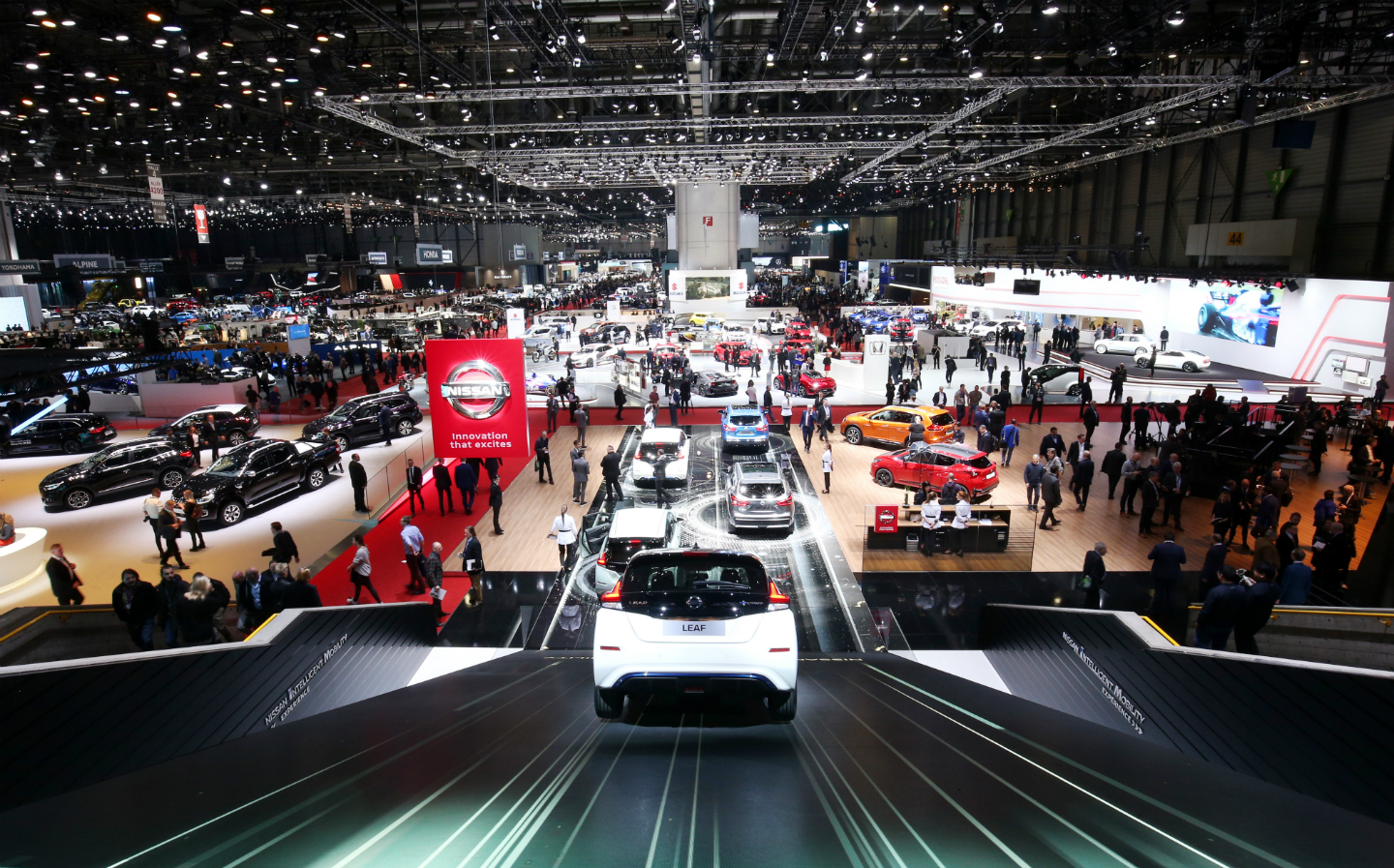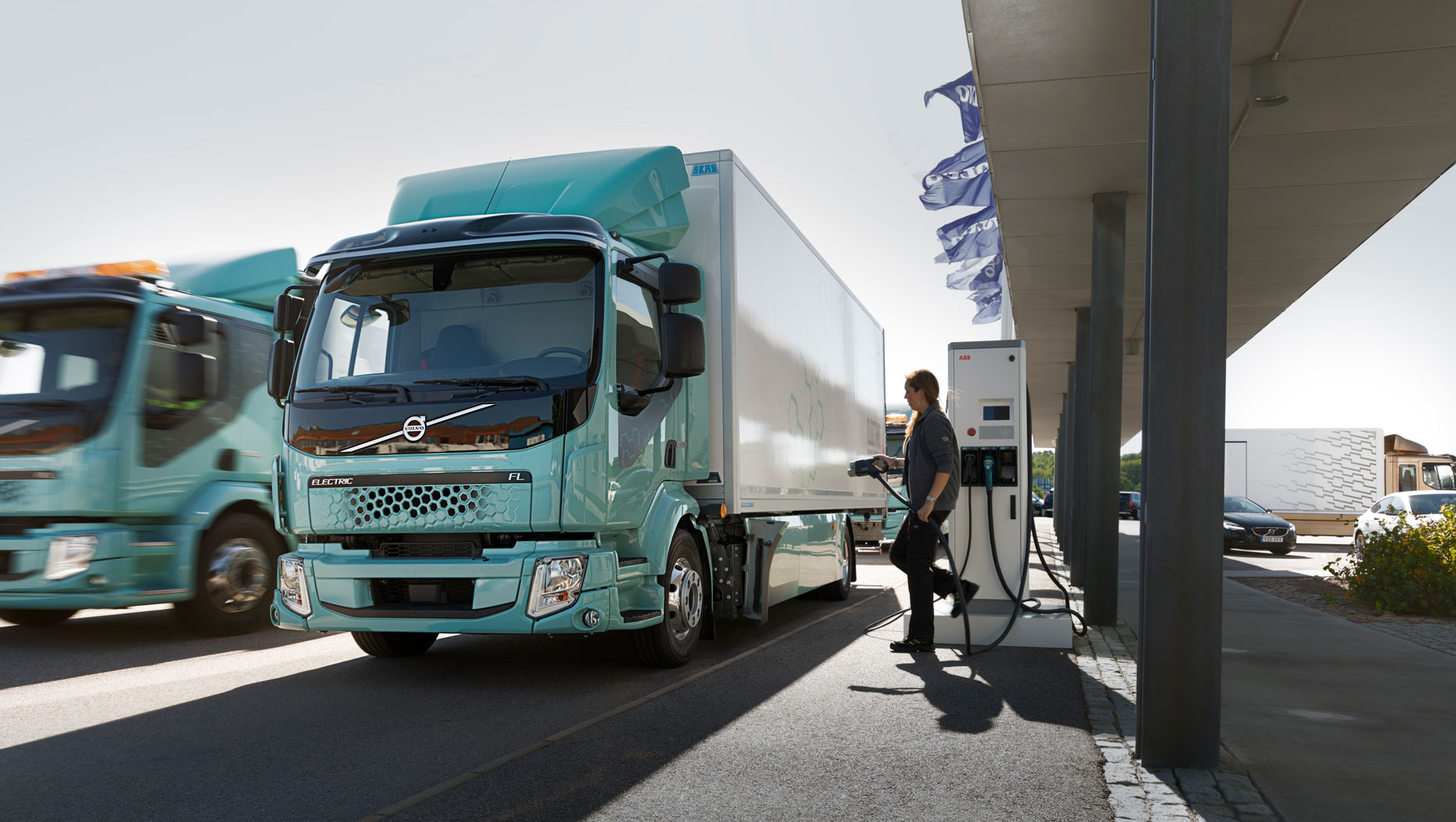New car CO2 standards: Is the job of securing electric cars in Europe done?
This analysis shows that the final rules agreed on how zero and low-emission cars are counted towards the Cars C02 regulation – i.e. the multiplier for plug-in hybrids, double-counting in some markets as well as the potential inclusion of Norway – leave much room for gaming and loopholes.









